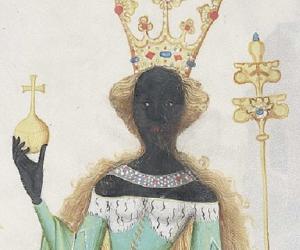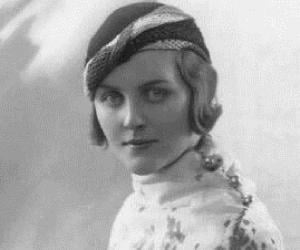Born In: Ethiopia
Queen of Sheba
The Queen of Sheba is a character that appears in the Hebrew Bible. She brought a lot of gifts for King Solomon of Israel and gave them all to him in exchange for answers to some riddles. She is said to have visited Solomon to test his wisdom. Some scholars believe she was a symbolic depiction of the trade between South Arabia and Mesopotamia. Sheba also finds mention in countless legends and tales across countries and scriptures. She appears as Bilqīs, a sun-worshipping queen, in the Qurʾān. She also appears as Makeda, a queen who bears Solomon a son named Menilek I, in Ethiopian mythology. She has also been the subject of numerous sculptures, books, and films, but is especially dominant in the Renaissance paintings.
Born In: Ethiopia









